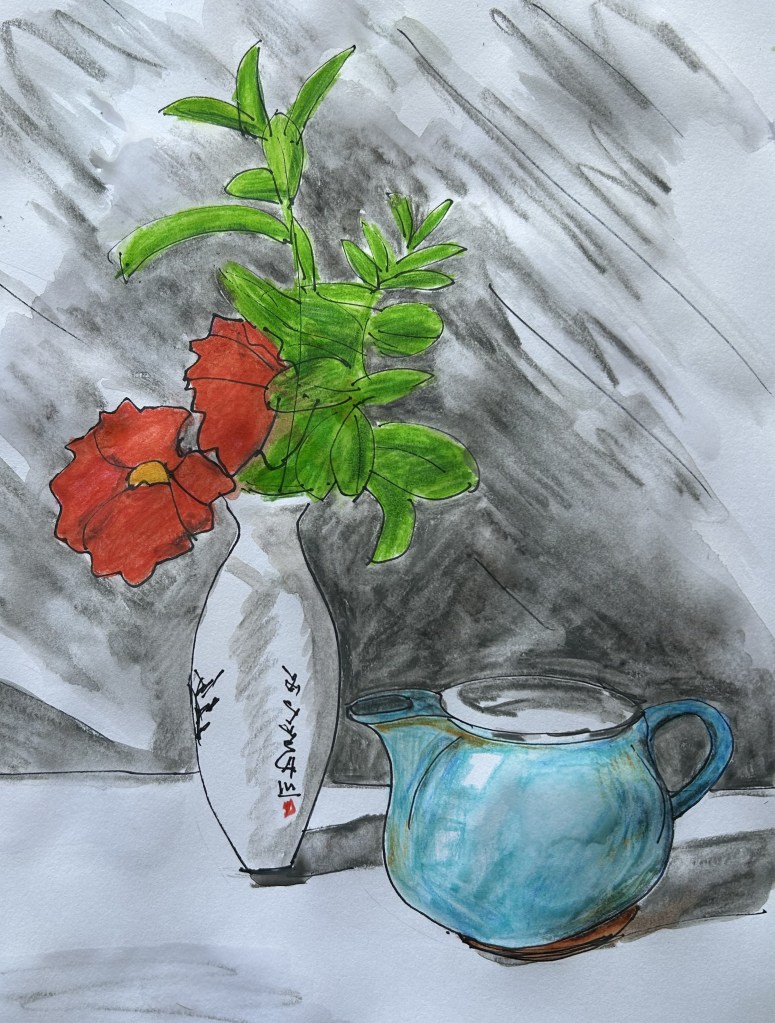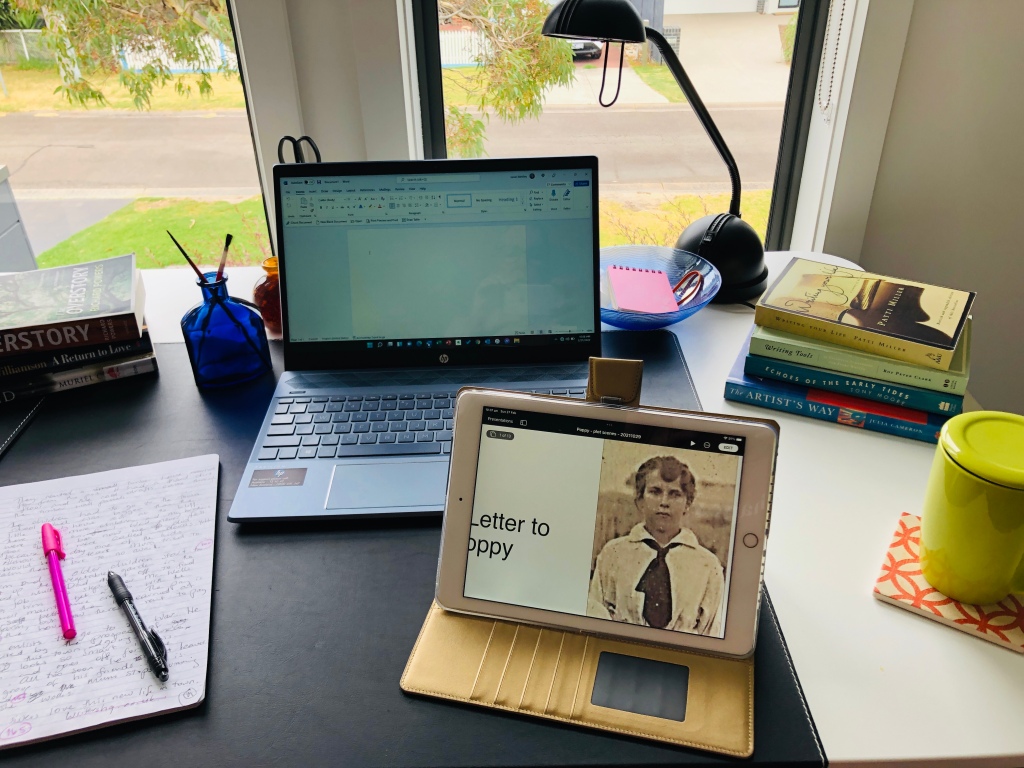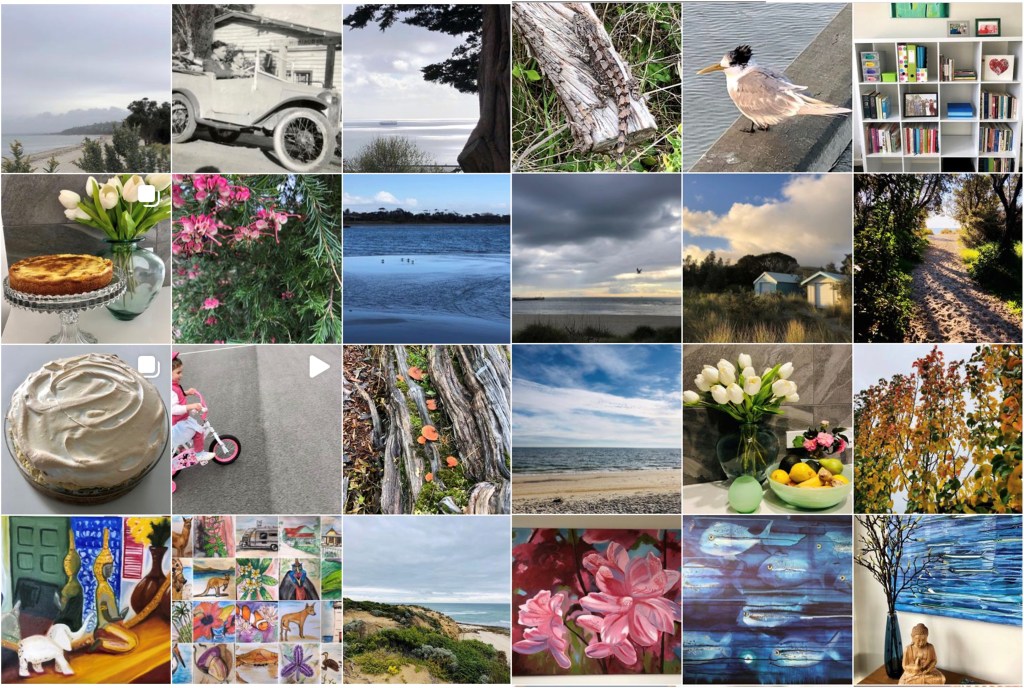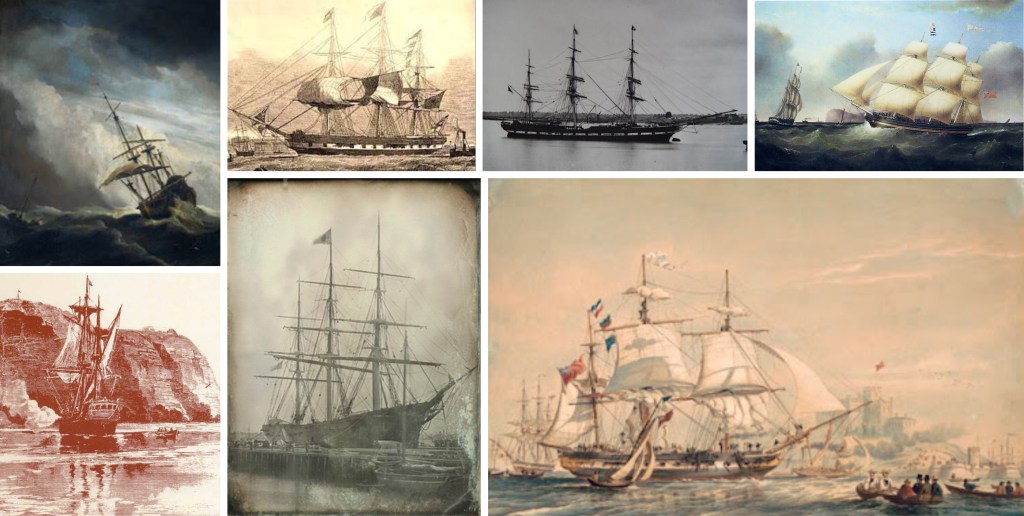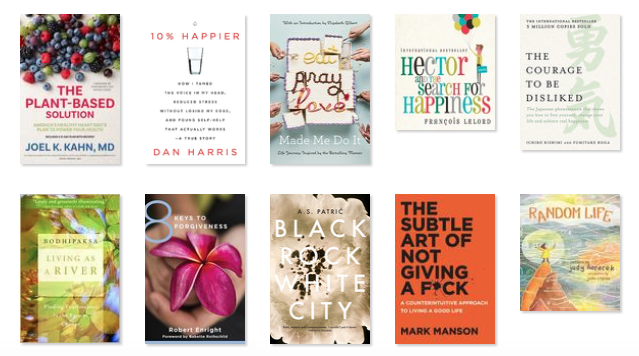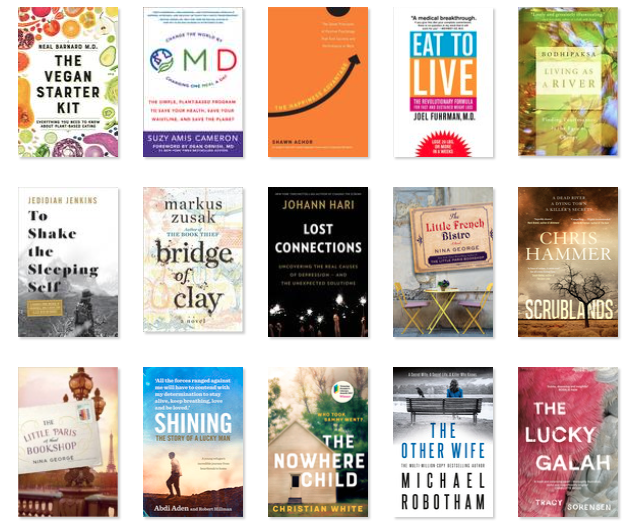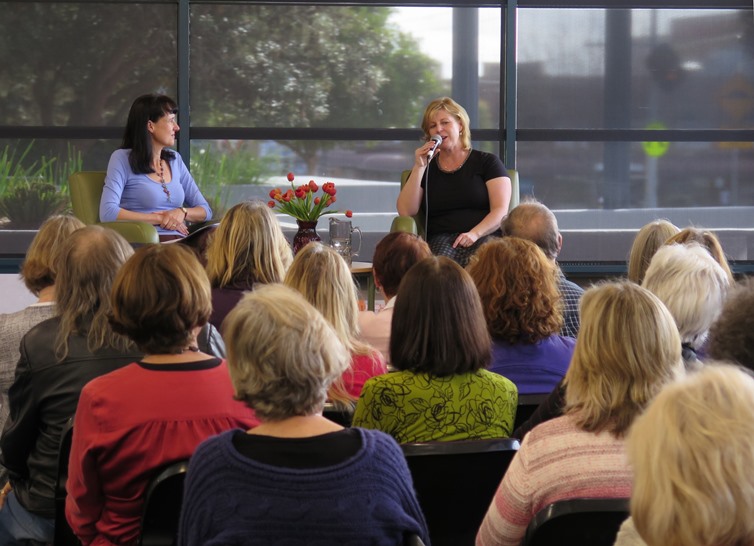It was in May last year that I last wrote in this blog. I’ve had thoughts, but apart from irregular journal writing, I’ve mainly been adjusting to and assessing this “retired life”.
It has been almost five years since I retired from fulltime paid employment in my chosen career. And while I felt useful in my work, serving the community in a positive way, I am relieved to be away from the relentless and soul-sucking power plays of office politics.
In these past five years I have done things I have wanted to do: travelled Australia; “finished” and printed our family history; organised the family photos; wrote a short story of fiction; and walked in some beautiful places.
So many life goals and achievements are behind me now: getting married (still married for 41 years now); enjoying 20 years nurturing three children into adulthood; achieving two degrees and one Masters; designed four houses we built and lived in; travelled Australia; visited London, Paris, as well as other gorgeous parts of western Europe; competed in many events swimming, cycling, and running; trekked many mountains in Australia and the Overland Track in Tasmania; and fed my creative urges through writing, drawing, painting, photography, and playing the piano.
Now my hip is sore, and I feel my age. But I value this Grandma Life – #grandmalife. I cherish the memories I hold of my own grandparents, especially the women. I loved being in their company, soaking up the warmth, endless cups of tea, stories, and love.
It seems to me that era of basic warm circles of women is undervalued in today’s society. Who even makes tea in a pot anymore? Well, me, but … Apart from the tea-making, I hope I show my own two little granddaughters the value of this warm, quiet, cherishing, in the same way I experienced.
These days with most of my life behind me, I gladly put the “GO-GO-GO” lifestyle aside. I try to live in the beauty of a slow life – #beautifulslowlife. I enjoy the YouTube videos of The Cottage Fairy and try to soak up her slow rhythm and appreciation of small pleasures. (Although her life is about to change in a profound way with a baby on the way). I still listen to Rich Roll and enjoy his considered and in-depth conversations, although the testosterone levels can be a bit much at times.
I love regular dips in the clear green waters of Port Phillip Bay and this visceral experience always reminds me of the dips I have loved in this bay since first learning to swim as a child.
Cooking is always something I’ve loved and it’s great to have time to spend in the kitchen making healthy and nourishing meals for my husband and me.
I continue to feed my creativity with writing, painting, and piano playing. I walk and I will return to daily yoga when my hip feels better. I may have strained it doing pigeon pose with Adriene recently. Or perhaps when I trekked up to the top of Genoa Peak recently.
I read and log my journey on GoodReads. I reached my target of 50 books last year for the first time in the past eleven years. This year though I will relax and let my reading journey unravel as it will. So far, I have loved Wifedom by Anna Funder, Question 7 by Richard Flanagan, and A Gentleman in Moscow by Amor Towles.
I continue to study things that interest me, so I will see what is available on Future Learn. I do lessons in the French language every day. I am also working through the daily lessons of A Course in Miracles, as well as watching some discussion online about this text. Many years ago, I attended a presentation in Melbourne where Marianne Williamson talked about A Course in Miracles. It was intense and spellbinding. Now she is a candidate for President of the US. Now there is someone who has never slowed down.

